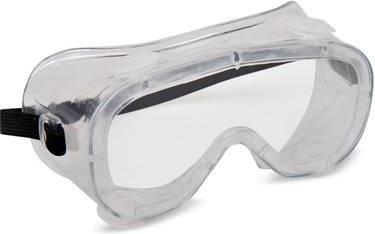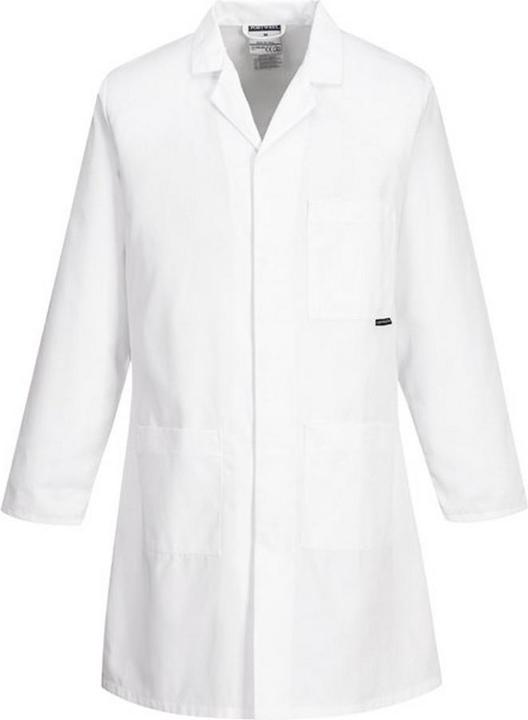
Dr. Oetker Baking soda
25 g
Is it safe for an amateur to make pretzel rolls or is the chemistry involved too complicated or downright dangerous? We faced the challenge and tested two preparation methods for you in the video. For English, click the gear icon, «Subtitles/CC» and «Auto-translate».
Do you love lye pastries more than anything and would give your right arm for a warm pretzel with a thick slathering of cold butter? Maybe you haven’t had the guts to make them yourself because Linda from accounting once told you her brother-in-law’s friend lost an eye trying to bake pretzel rolls?
Well, I’m telling you, forget her ramblings and watch this video instead. Lye novice Simon and I tested two different ways of preparing pretzels and other delicious lye pastries and have put together the most important tips and tricks for a safe baking experience. If you want to know more about the science behind baking with lye dough, keep reading.
For my simple pretzel recipe, I use harmless sodium bicarbonate. It’s a chemical leavening agent that’s marketed as «baking soda» and available from the baking section of most supermarkets.
My easy recipe for pretzel rolls is available here (in German).
If you want bakery-style pretzels, there’s no way around using poisonous, highly corrosive sodium hydroxide. When it comes into contact with the acidity of the dough and the heat of the oven, a chemical process gets rid of its causticity and makes the rolls edible and tasty.

Dr. Oetker Baking soda
25 g
The smock I’m wearing in the video was just for effect and not needed for the two methods suggested here. In fact, if you’re making the pretzel rolls following the simple method, i.e. using standard baking soda, you can do without the protective equipment altogether.
However, if you’re working with lye, protective gloves and goggles are essential. This is because lye, i.e. sodium hydroxide, is highly corrosive and can cause burns if it comes into contact with your skin. But don’t panic. This doesn’t mean that lye will burn a hole in your skin if you’ve accidentally touched it without gloves. If this happens, make sure to rinse the lye off thoroughly right away and you’ll be fine. However, if lye gets into your eyes, that’s more serious. You’ll need to rinse it out immediately and see a doctor as fast as you can. Otherwise, you could end up like Linda’s brother-in-law’s blind friend. Your best bet is to wear a pair of quality safety goggles, then you won’t need to worry.

Hygostar Safety goggles, ventilated | PVC

SecondSkin Nitrile disposable gloves

In my simple method requiring standard sodium bicarbonate, you can use the mixture once. If there’s any left, you can pour it down the drain as it is. Pro tip: leave it sitting in the pot for a few minutes before throwing it away. The mixture has a cleaning effect and will make your pot nice and shiny. If you’re using lye, i.e. sodium hydroxide, it can be used several times. To store it, pour it into a special HDPE plastic bottle that’s acid-proof and pop it in the fridge. Also remember to clearly label the bottle so nobody accidentally takes a swig of it. When it comes to disposal, you’ll either have to take the lye to a disposal point or heavily dilute it before pouring it down the drain.

If you follow all these tips and keep your children, the cat and your hyperactive guinea pig out of the kitchen while you’re baking, there’s nothing standing in the way of your home-baked, oven-hot pretzels and Oktoberfest vibe at your home.
The recipe for the best pretzels (regular and vegan) is available here (in German).
Baking book author, food blogger and content creator by day. Other people's cat lover, peanut butter junkie and houseplant hospice nurse by night.
Interesting facts about products, behind-the-scenes looks at manufacturers and deep-dives on interesting people.
Show all